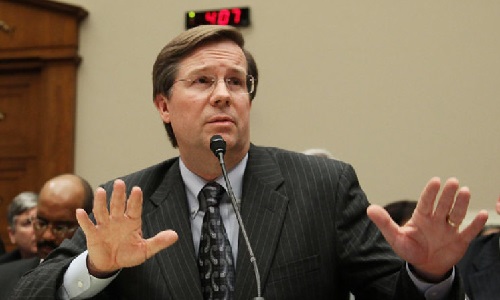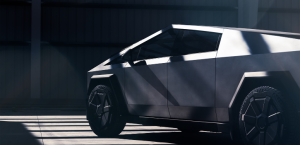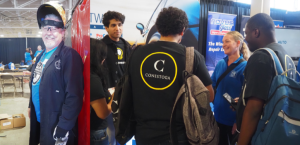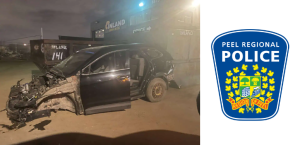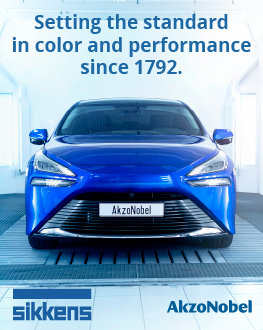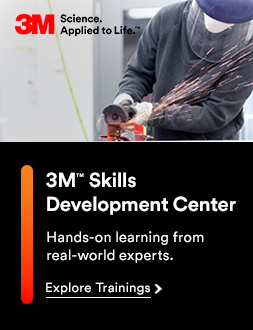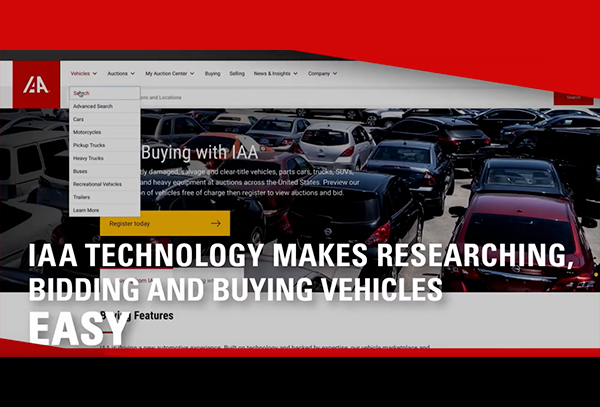By CRM Staff
Toronto, Ontario — April 20, 2018 — On Monday, Toyota announced its intent to develop fleets of connected vehicles. The Japanese OEM plans to start offering vehicle-to-vehicle (V2V) connectivity new U.S. manufactured models beginning in 2021.
“By allowing vehicles’ intelligent systems to collaborate more broadly and effectively through DSRC technology, we can help drivers realize a future with zero fatalities from crashes, better traffic flow and less congestion,” said Jim Lentz, chief executive officer of Toyota Motor North America. “We believe that greater DSRC [Dedicated Short-Range Communications] adoption by all automakers will not only help drivers get to their destinations more safely and efficiently, but also help lay the foundation for future connected and automated driving systems.”
While Toyota’s initiative adds fuel to the growing fire of interest in V2V technology, it is not the first OEM to enter the fray. Ford made a similar announcement back in March, with roll out plans that are even more ambitious than Toyota’s. The company announced it would be adding standard connectivity to all new vehicle models by 2020.
Ford’s vehicles will be connected via its Transportation Mobility Cloud, which, according to a Medium post by Ford VP Rich Strader, “can manage information flow and basic transactions between a variety of components in the transportation ecosystem – service providers, personal vehicles, bicycles, pedestrians, mass transit systems and city infrastructure, including traffic lights and parking locations.”
Strader’s post also says, “With this platform, cities will be able to facilitate communication between various transportation methods and services operating within them, including individual vehicle data. As an example of the platform’s capability, cities could use real-time location updates from vehicles to control traffic flow, dynamically rerouting cars to reduce congestion, improve commuting times or account for construction projects, sporting events and emergencies.”
According to Repairer Driven News (RDN), if this widespread commitment to connectivity continues to grow, it could have serious implications for repair shops. While the very inspiration behind these systems is to reduce the number of collisions that are occurring, the new software could alter current repair procedures or the codes associated with diagnostic scanning. RDN predicts that shops may be forced to subscribe to each OEM’s repair procedure database to access the newer repair procedures and codes.




